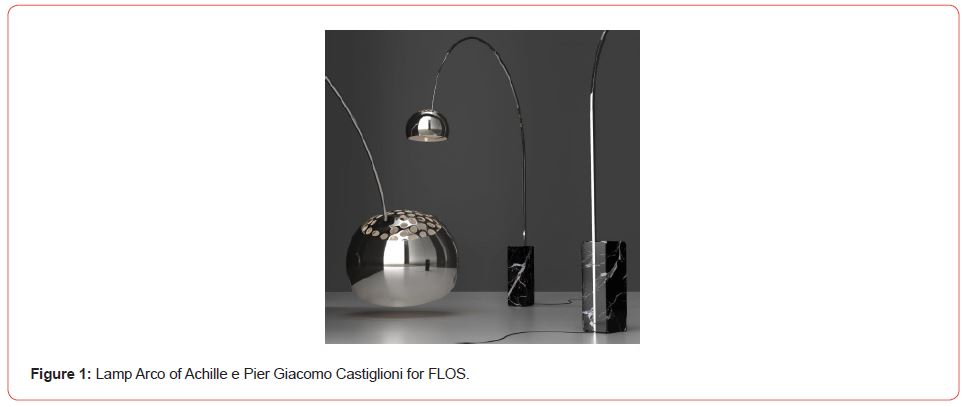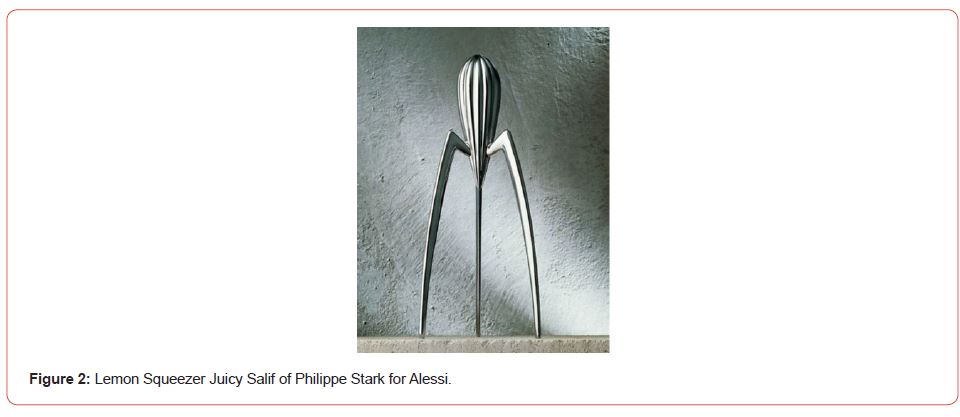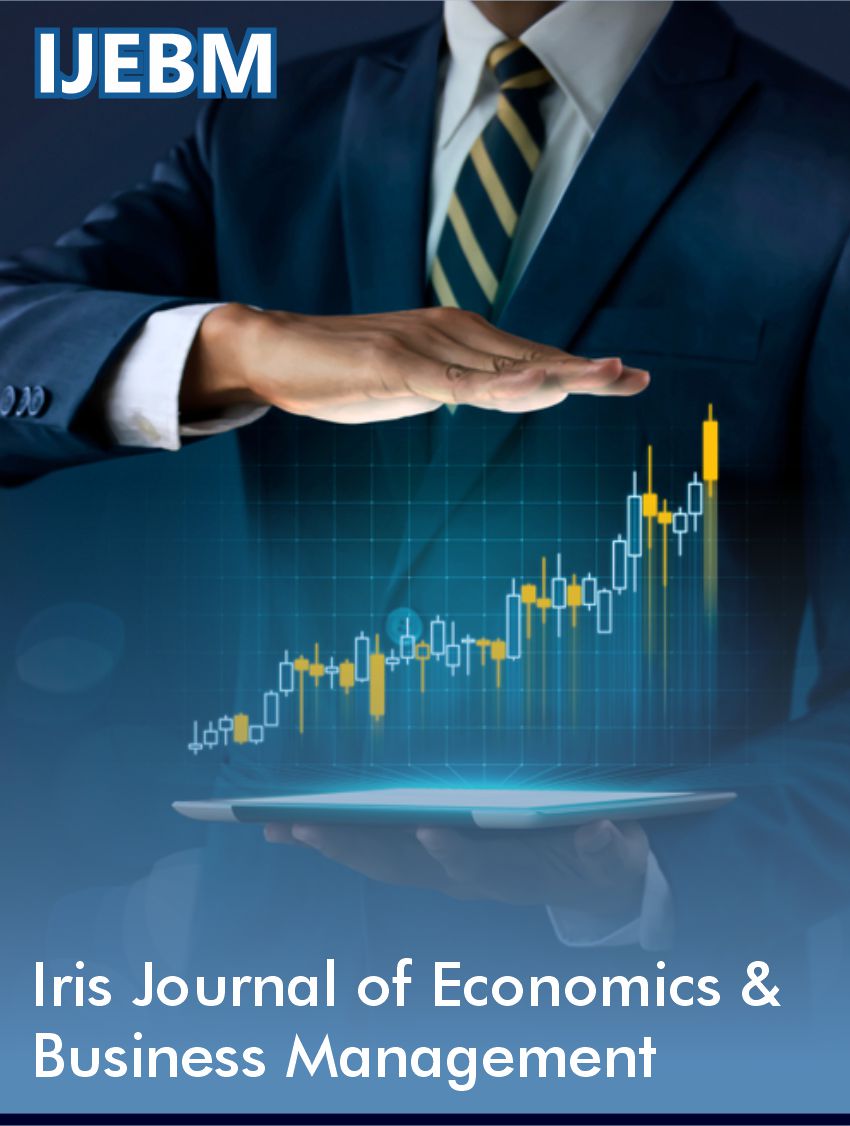 Opinion
Opinion
Italian Design Factories in Between from the Borderline and the Artificial Intelligence
Alessandro Bonfiglioli*
Professor of Industrial Design and Branding at Bologna Business School, Italy
Alessandro Bonfiglioli, Professor of Industrial Design and Branding at Bologna Business School, Italy.
Received Date: June 26, 2023; Published Date: July 25, 2023
Opinion
As stated by the famous Maestro Achille Castiglioni the history of Italian design revolves around the so-called “Masters of Beautiful Design”, the “Italian Design Factories”, institutions such as the “Polytechnic of Milan and Turin”, the ADI “Italian Design Association”, the “Museum of Triennale di Milano” and to magazines such as “Casabella ”and“ Domus.
The “Italian Design Factories” are in fact the limited number of companies that after the second World War decided to modify significantly their business model by adding to their original skills in manufacturing and serving customers, the research for product’s design and aesthetics and by doing that contributed to originate the Italian Design movement that is today highly appreciated all over the world.
Between them we have companies like Artemide, Cassina, Cappellini, Flos, Magis, Venini, Alessi, Zanotta, Fontana Arte, Simongavina and others. These companies were convinced that they could no longer base their success only on a certain executive quality of the product, but also wanted to be characterized in terms of aesthetics.
Then, between the 1950s and 1960s, they began to call external designers to design new products, particularly in the furniture’s, lighting and objects sectors. They had some common characteristics: Italian origins (but international vision); design not as part of the business model but it is the business model itself (Design Driven approach); limited size (often operating in market niches); usually have family ownership structures; born and often still located in the north of Italy districts mainly in the Milan, Turin and Bologna area, they use the local network of skills to growth and prosper.
The way these companies manage the creativity process is the secret formula that allowed them to extract genial vision from the interpreters, the architects, to reach the mind of the people and to anticipate the needs or better the dreams of the consumers before they could even imaginate about. It is the case of the Arco lamp from Achille Castiglioni or the Juicy Salif the famous lemon squeezer from Philippe Stark for Alessi.
As Alberto Alessi said in his book “The Dream Factory” the new product development leader act as a good gardener that knows he should only prepare the field for the innovations, that follows his own times and paths, and wait for the growth also relying on unexpected seeds bring by the wind. The innovation attitude of their business model obliges them to look for the most advanced yet acceptable products and this creates an endogenous level of risk to be effectively managed to avoid problems of sustainability for the entire company ecosystem itself.
And is here that the borderline approach enters in the innovation process. Too far from the border line means losing the innovation approach, too close emphasize the risk of failures, the famous flops, that became a substantial part, or even a desired result in a certain proportion, of the creative process.
Nowadays the new technology, IoT, Big data analysis, deep market research and Artificial Intelligence can be an opportunity for make the innovation process of the FDI (Italian Design Factory) more efficient or effective ?
Let’s examine the single digital innovations.
Through low-cost computing, cloud, big data, analytics, and mobile technologies, physical elements can share and collect data with minimal human intervention. In an hyper-connected world, digital systems can record, monitor and regulate every interaction between connected objects. The physical world meets and cooperates with the digital world. IoT applications use machine learning algorithms to analyse substantial amounts of sensor data connected in the cloud.


John Mc Carthy, one of the founders of the AI discipline, provides the following definition in his 2004 famous paper: “Artificial Intelligence is the science and engineering of making intelligent machines, especially intelligent computer programs. It is related to the similar task of using computers to understand human intelligence, but AI does not have to confine itself to methods that are biologically observable.
There is no doubt that companies today have unprecedented levels of data collection, storage, management and analysis. From them they can generate predictive and reactive algorithms intelligent in rational terms or simulation of human thought and actions.
All this digital power can really help a “customer centric” innovation process, typical of the mass market industries, which the company objective is to go closer to the target customer and ask him what he want to better satisfy his needs.
Vice versa I don’t think it will be of much help in a “life centric” creativity process, typical of the design driven organization, in which the objective of the company is to go further from the customer and observe how people live to imagine a new and better way to solve an issue.
But there is another key area in which the FDI struggle to find the better way to create value to their business, that is the “go to market” model. The difficulty to transfer to the consumer the “story telling” behind and around the product, to intercept the first customer reactions to the absolute novelties introduced, to leverage and control retails and distribution channels and consequently adjust and fine tune the supply chain processes, could be the area in which new digital power can definitively support the FDI to establish a more consistent business and a more long term sustainable competitive advantage.
It is therefore in this area that FDI should not ignore the opportunities offered by the new potential of artificial intelligence and integrate them into their processes.
Acknowledgement
None.
Conflict of Interest
No conflict of interest.
-
Alessandro Bonfiglioli*. Italian Design Factories in Between from the Borderline and the Artificial Intelligence. Iris J of Eco & Buss Manag. 1(3): 2023. IJEBM.MS.ID.000513.
-
Manufacturing Serving customers, Product’s design, Aesthetics, Artemide, Cassina, Capellini, Business model, Interpreters, Architects, IoT, Big data analysis, Deep market research, Artificial Intelligence
-

This work is licensed under a Creative Commons Attribution-NonCommercial 4.0 International License.






